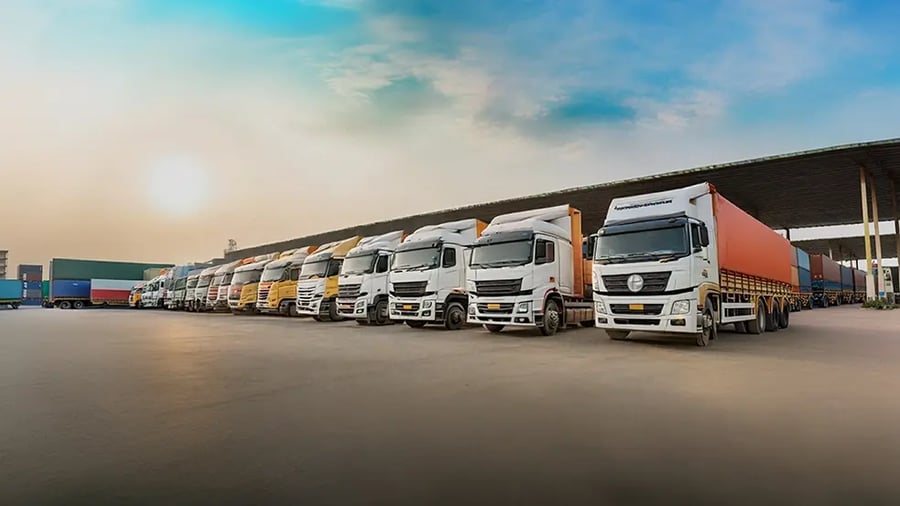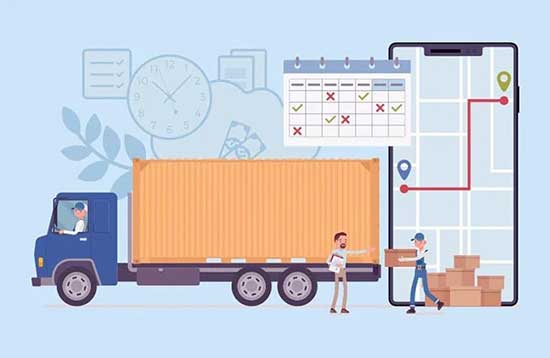
Inside Indonesia E-Commerce Logistics: The 3PL Upgrade Moment
Inside Indonesia E-Commerce Logistics: The 3PL Upgrade Moment
6:30
Published :

Indonesia’s e-commerce surge is driving major logistics challenges and opportunities. In 2024, e-commerce volume reached US$75 billion with a projected CAGR of 19% through 2027. The logistics market is estimated at US$67.8 billion and is set to grow to US$131.4 billion by 2033 (CAGR of 6.84%). As consumer demand for faster, flawless delivery grows, logistics providers must modernise with integrated management and software systems to keep up.
Several bottlenecks persist in Indonesia’s last-mile and broader logistics ecosystem:
The cumulative effect: delayed deliveries, increased failed attempts, higher returns and customer dissatisfaction. For instance, one report notes that Indonesia’s e-commerce logistics market was valued at only US$6.4 billion in 2024, despite the much larger e-commerce market, indicating under-penetration of logistics services and inefficiencies.
For 3PLs (third-party logistics providers) and supply chain operators, these bottlenecks translate into:
To address these challenges, providers must adopt an integrated, modern logistics technology stack that delivers measurable business outcomes. Ramco Systems’ suite enables 3PLs to streamline operations, cut costs, increase delivery speed, and provide real-time visibility - directly improving customer satisfaction and competitiveness.
The Ramco suite’s comprehensive functionality encompasses the following strengths that empower logistics operations:
Audit current state: Map your existing systems - How many disparate pieces of software? How much manual work? What are your delivery failure and idle-time metrics?
Define a target architecture: Identify modules you need: logistics software, 3PL management, transport management system (TMS software), warehouse management software (WMS software) and overall logistics system architecture that unifies them.
Select a cloud-native, mobile-first vendor: Prioritise solutions that support real-time tracking, driver apps, warehouse apps and mobile UIs. For instance, Ramco’s solutions have delivered results across geographies at scale.
Roll-out incrementally with pilot zones: Start in one geography (e.g., Jakarta → outskirts) to validate route optimisations, tracking dashboards and warehouse integration before scaling.
Measure KPIs and continuously optimise: Track delivery success rate, cost per parcel, driver utilisation, warehouse pick-pack times and customer satisfaction. Use data from the unified system to drive improvement.
Leverage API-driven ecosystems: Indonesia’s leading 3PLs increasingly deploy logistics ERP platforms that support API connections to e-commerce sites, fintech payment gateways, and last-mile partners. This enables faster onboarding of new accounts.
Indonesia’s e-commerce growth is strong and is reshaping logistics. With the logistics market expected to double in a decade, 3PLs and carriers must move beyond legacy systems and adopt modern logistics, transportation, and warehouse management software to stay competitive.
If you’re a 3PL in Indonesia, now is the time: upgrade from spreadsheets to integrated logistics systems with TMS, WMS, and full visibility. Platforms like Ramco’s offer the operational uplift needed to meet consumer expectations and thrive in e-commerce logistics.
Start today: audit your systems, set your roadmap, engage a vendor, pilot a zone. Secure your position in Indonesia’s digital logistics future.
Logistics software integrates transportation, warehousing, and delivery operations into a single digital system. For Indonesian 3PLs, it’s vital to manage vast inter-island networks efficiently and reduce logistics costs that are still among the region’s highest.
A TMS software automates route planning, driver scheduling, and shipment tracking in real time—minimising idle time and delivery failures, especially in Indonesia’s complex multi-modal geography.
WMS software streamlines warehouse operations from inbound to dispatch. It helps improve accuracy, reduce stock discrepancies, and cut turnaround times, enabling faster order fulfilment for e-commerce players.
An integrated logistics ERP bridges the gaps between warehouse and transport functions, creating end-to-end visibility. This reduces manual intervention, enables data-driven decisions, and boosts profitability across the logistics chain.
Start with a system audit to identify inefficiencies, then deploy cloud-based logistics software in phases. Partnering with a proven vendor like Ramco helps accelerate transformation through route optimisation, mobile apps, and real-time tracking.

All Rights Reserved. © Copyright 2024. Ramco Systems.